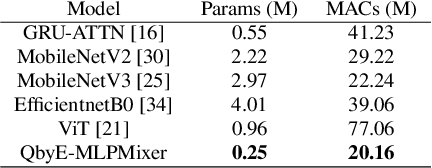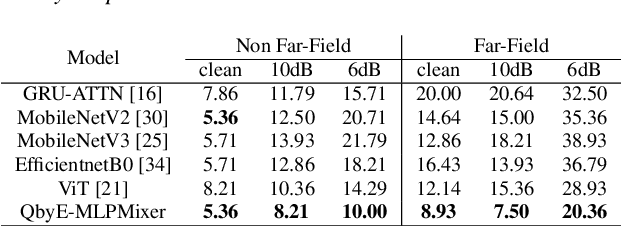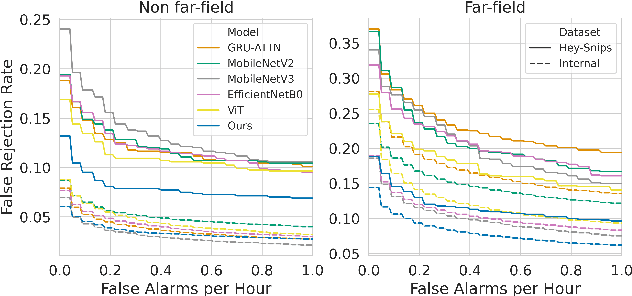Qianhui Wan
Image anomaly detection and prediction scheme based on SSA optimized ResNet50-BiGRU model
Jun 20, 2024Abstract:Image anomaly detection is a popular research direction, with many methods emerging in recent years due to rapid advancements in computing. The use of artificial intelligence for image anomaly detection has been widely studied. By analyzing images of athlete posture and movement, it is possible to predict injury status and suggest necessary adjustments. Most existing methods rely on convolutional networks to extract information from irrelevant pixel data, limiting model accuracy. This paper introduces a network combining Residual Network (ResNet) and Bidirectional Gated Recurrent Unit (BiGRU), which can predict potential injury types and provide early warnings by analyzing changes in muscle and bone poses from video images. To address the high complexity of this network, the Sparrow search algorithm was used for optimization. Experiments conducted on four datasets demonstrated that our model has the smallest error in image anomaly detection compared to other models, showing strong adaptability. This provides a new approach for anomaly detection and predictive analysis in images, contributing to the sustainable development of human health and performance.
QbyE-MLPMixer: Query-by-Example Open-Vocabulary Keyword Spotting using MLPMixer
Jun 23, 2022



Abstract:Current keyword spotting systems are typically trained with a large amount of pre-defined keywords. Recognizing keywords in an open-vocabulary setting is essential for personalizing smart device interaction. Towards this goal, we propose a pure MLP-based neural network that is based on MLPMixer - an MLP model architecture that effectively replaces the attention mechanism in Vision Transformers. We investigate different ways of adapting the MLPMixer architecture to the QbyE open-vocabulary keyword spotting task. Comparisons with the state-of-the-art RNN and CNN models show that our method achieves better performance in challenging situations (10dB and 6dB environments) on both the publicly available Hey-Snips dataset and a larger scale internal dataset with 400 speakers. Our proposed model also has a smaller number of parameters and MACs compared to the baseline models.
 Add to Chrome
Add to Chrome Add to Firefox
Add to Firefox Add to Edge
Add to Edge